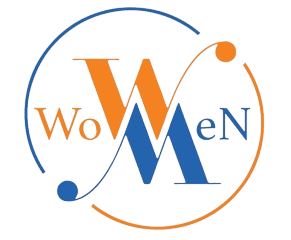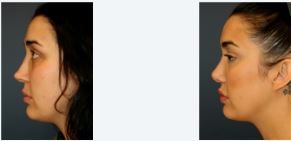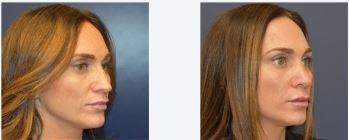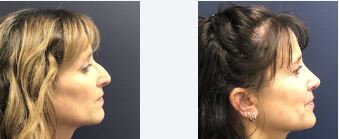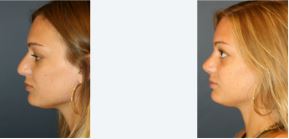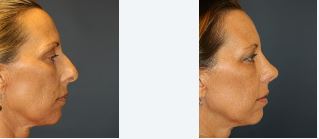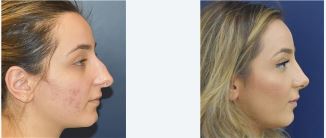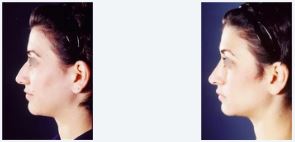(FAQs) about Rhinoplasty / Nose Correction
The recovery process after rhinoplasty varies depending on the extent of the procedure and individual healing factors. Patients may experience swelling, bruising, and discomfort in the nasal area, which typically subsides within a few weeks. Most patients can resume normal activities within one to two weeks after surgery, although strenuous exercise and heavy lifting should be avoided for several weeks.
Like any surgical procedure, rhinoplasty carries risks and potential complications, including bleeding, infection, asymmetry, scarring, changes in sensation, and dissatisfaction with the aesthetic outcome. It’s essential to discuss these risks with the treating surgeon before undergoing the procedure.
Yes, rhinoplasty can be combined with other facial plastic surgery procedures such as septoplasty (deviated septum correction), turbinate reduction, chin augmentation, or eyelid surgery to achieve comprehensive facial rejuvenation or correction.
The results of rhinoplasty are generally long-lasting and permanent, although minor changes may occur over time due to natural aging processes. It’s essential to maintain a stable weight and avoid trauma to the nose to preserve the results.
During a consultation, the surgeon will evaluate your nasal anatomy, discuss your concerns and goals, review your medical history, and explain the surgical techniques and expected outcomes of rhinoplasty. You will have the opportunity to ask questions and address any concerns you may have.
